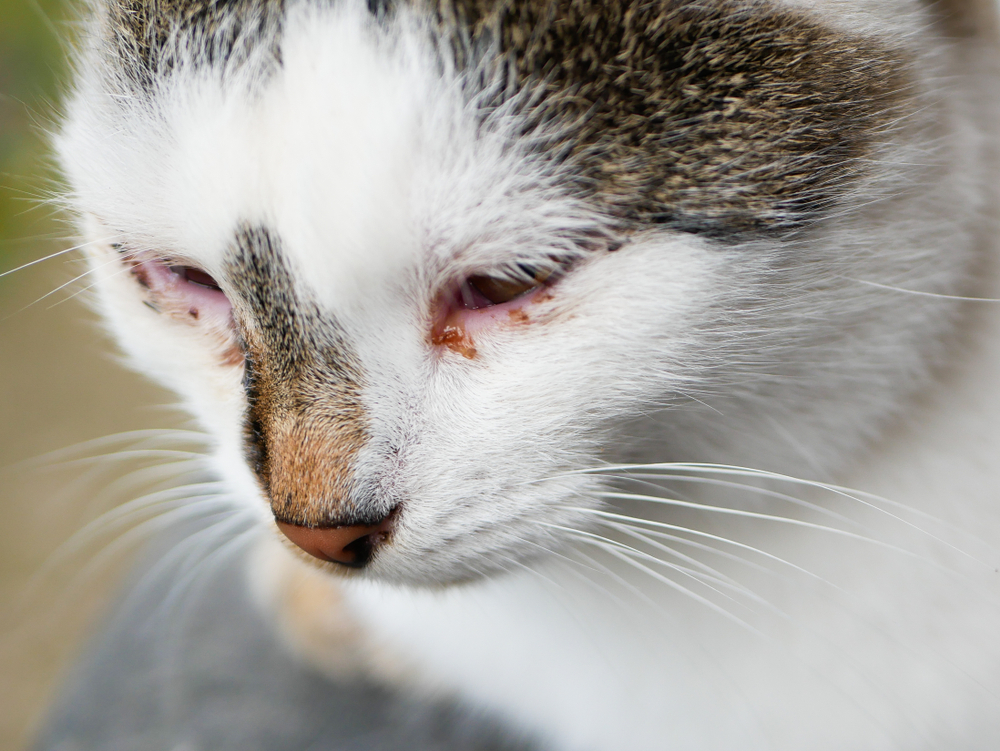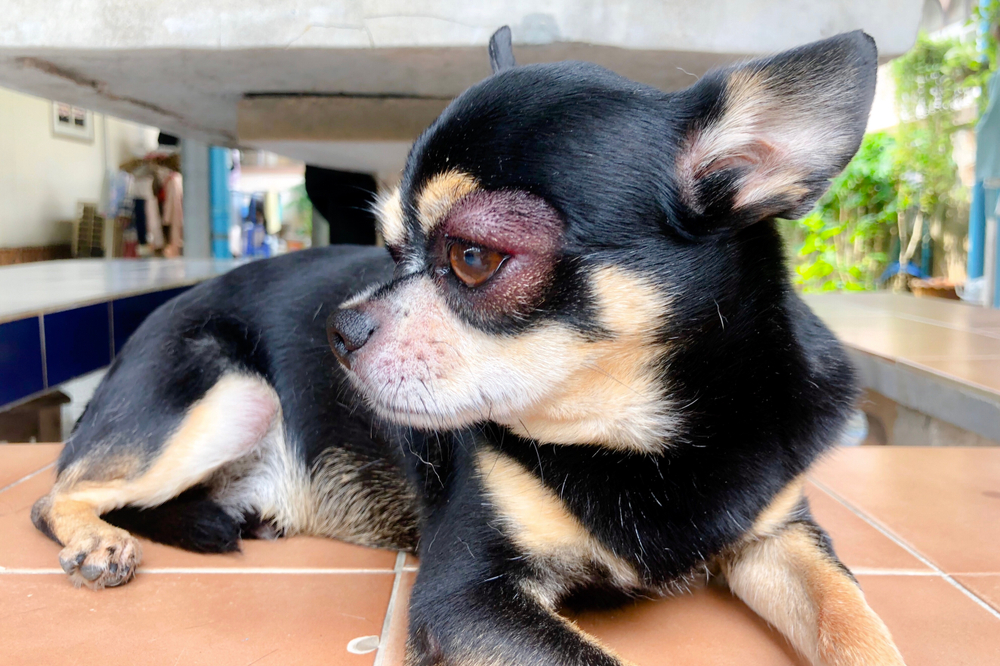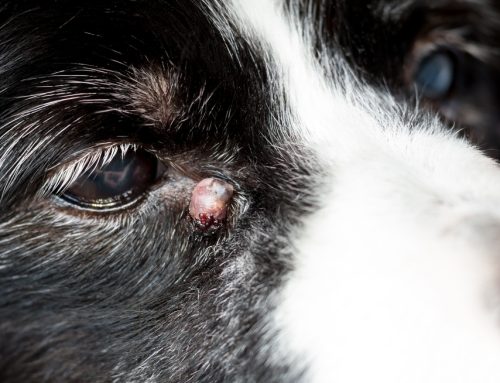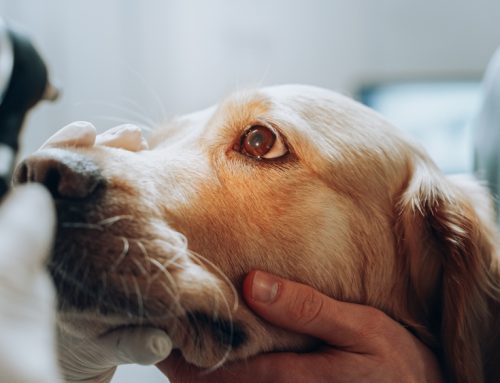Pets are curious, adventurous, and often rough-and-tumble, which can put them in harm’s way and result in eye injuries that can be an emergency situation. In addition, some serious eye conditions may seem to appear or worsen suddenly, and also necessitate emergency treatment.
The average pet owner struggles to determine which conditions qualify as emergencies and which can wait, because many eye concerns present in similar ways, and nearly any eye disease can look alarming. Rather than guessing at your pet’s condition, the Veterinary Vision Center team wants to provide pet owners with guidelines so they do not have to guess about their pet’s condition and can determine when they should seek emergency care and what they should do if they aren’t sure about the situation’s severity.
Common pet ophthalmic emergency scenarios
Several different scenarios can lead to an eye emergency, depending on the individual pet and their previous eye health history. The following are potential ocular emergencies:
- Traumatic eye injury — Trauma to the eye, face, or head is typically an emergency. Common scenarios include falls, vehicle collisions, cat scratches, other penetrating injuries, or collisions with a blunt object (i.e., a tennis ball).
- Eye condition onset — Although most eye conditions develop over time, they may seemingly appear suddenly in pets with no prior history of a problem. Examples include glaucoma, eye inflammation, optic nerve inflammation, or sudden acquired retinal degeneration syndrome (SARDS).
- Eye condition complication or worsening — Pets with pre-existing eye diseases can experience rapid worsening of their condition. For example, a pet with dry eye may develop a serious eye ulcer that becomes infected, a pet with glaucoma could experience a spike in eye pressure, or a post-op patient could experience retinal detachment.
Signs your pet’s eye condition is an emergency
For most pet owners, an eye condition or injury is alarming, and many conditions can appear more serious than they actually are. On the other hand, some conditions appear benign but are actually quite serious. The bottom line—if you are unsure, always seek veterinary care, because you’re better off being safe than sorry when your pet’s vision is on the line.
That said, the most common indications that your pet’s eye condition should be evaluated on an urgent basis include:
- Known eye trauma — Whether the eye appears injured (e.g., bleeding, discharge, redness, swelling, proptosis) or looks OK, you should always seek care following any known eye or head trauma to avoid hidden complications.
- Changes in eye size — Eye size changes can indicate problems with high or low pressure, which are signs of a serious underlying issue.
- Sudden or severe squinting — Sudden or severe squinting indicates your pet’s eye is painful and should be promptly evaluated.
- Sudden vision loss in one or both eyes — Sudden vision loss can be caused by multiple factors. The longer you wait to seek care, the lower the chances your pet will regain vision after diagnosis and treatment.
- Eye changes accompanied by other illness signs — Eye changes accompanied by reduced appetite, lethargy, vomiting, coughing, or skin lesions often indicate a serious systemic problem, but could simply indicate your pet is experiencing significant pain.
- Rapid eye color changes — Cloudiness, a blue-grey color, or extreme redness that comes on rapidly likely has a serious underlying cause.
- Swelling or bleeding — Swelling around the eyes can indicate an eye injury or a systemic allergic reaction that both require prompt care. Bleeding or sudden eye discharge are also sure injury signs.
Where to seek pet emergency care

Any veterinarian can initially evaluate your pet’s eye condition, including your primary veterinarian, an emergency care facility, or our specialty ophthalmology team. For a new eye problem, contact your primary veterinarian first, because they have an existing relationship with you and your pet and understand the nuances of your pet’s medical history. If your veterinarian is closed, contact your nearest emergency facility. Primary or emergency care can handle many ocular emergencies but will consult or refer you to an ophthalmologist if your pet needs additional specialty care.
Contact our emergency line if your pet is already under our care. If you feel the problem is beyond the primary veterinary care scope, another veterinarian has recommended a specialty ophthalmic evaluation, or you aren’t sure about your pet’s condition and need advice from a veterinary professional, our skilled team will help guide you through the potential options.
Eye injuries and serious eye diseases can be extremely painful for pets and can cause serious suffering if they aren’t treated promptly. Additionally, some eye problems can indicate a more sinister underlying health issue. If you believe your pet is suffering from an eye emergency, don’t wait. Contact our Veterinary Vision Center team, call the emergency line after hours, or take your pet to a local veterinary emergency center for care.







Leave A Comment